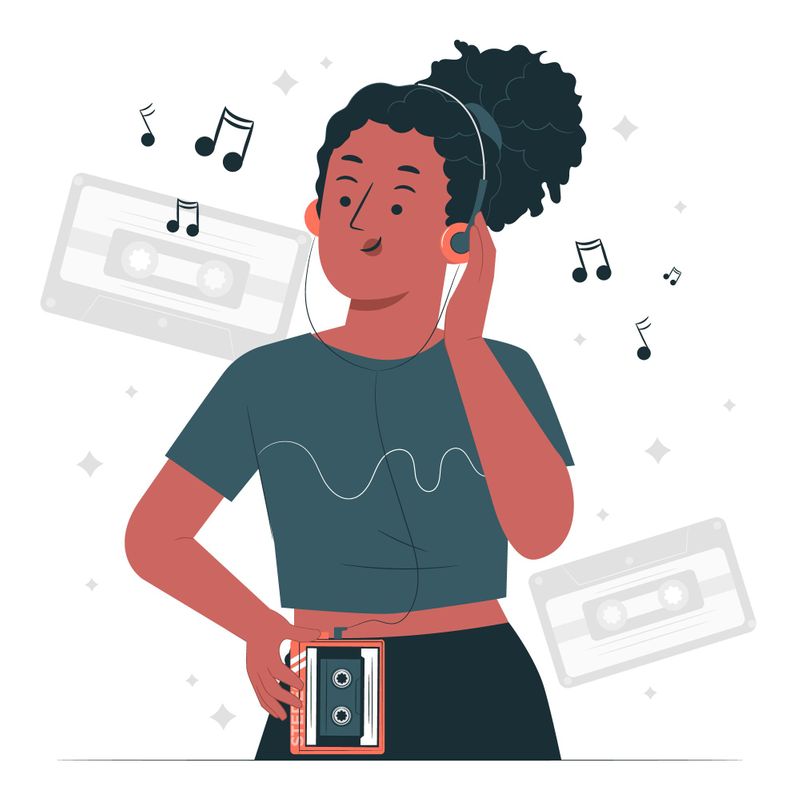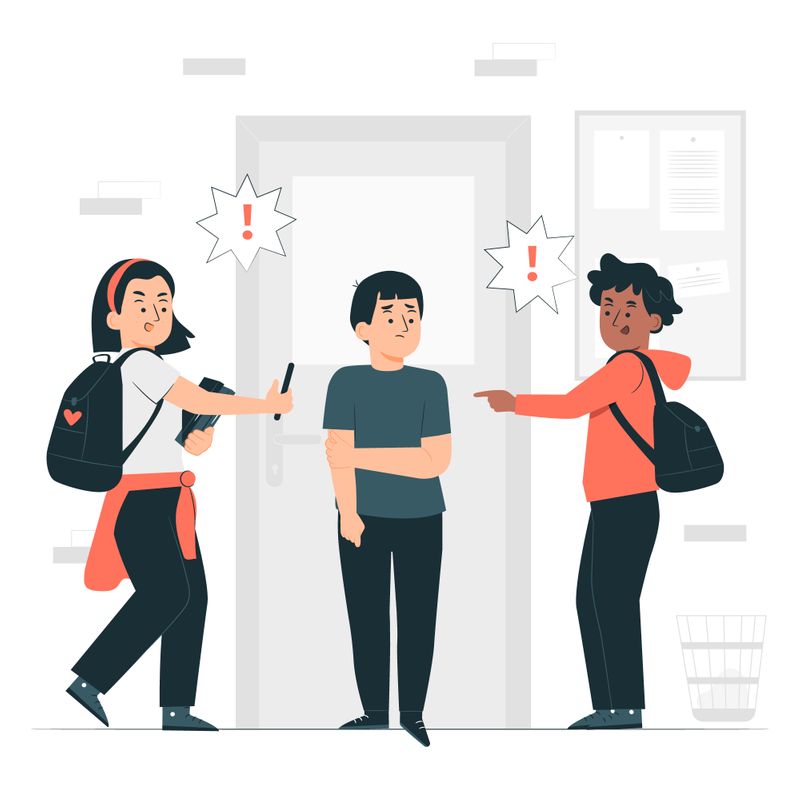In a 3rd grade classroom of 36 students, it's very likely that at least 1 student will have autism.
If their symptoms are subtle enough, it may not be obvious by just looking at or interacting with this student.
 Image by storyset on Freepik
Image by storyset on Freepik
You don't have to be an expert to learn how to support an autistic student. Use the following strategies for effective intervention! 😀
What is autism?
 Image by storyset on Freepik
Image by storyset on Freepik
Autism spectrum disorder (ASD), also known as autism or "being on the spectrum", is a neurodevelopmental condition that may make navigating social situations difficult. It can also show up as having unique interests and certain repetitive behaviors.
Some common behaviors that students on the spectrum show are:
Unintentional rudeness by misspeaking or interrupting others in conversations
Seeming awkward by misreading social cues, body language, tone, or facial expressions
Dressing for comfort in sensory-friendly clothing that may not meet class expectations
Appearing disorganized by accidentally being late to class or missing deadlines
Overstimulation from sensory triggers such as classroom fluorescent lighting or bells ringing
Quiz: Jamila
Jamila (they/she), is a student in your class who:
misreads the body language of classmates
is frequently late to class or misses deadlines
often interrupts others during discussions with many questions
wears comfortable clothing that doesn't always match the dress code
uses headphones and music to self-soothe during overstimulation
appears uncomfortable under bright classroom lights when they work
 Image by storyset on Freepik
Image by storyset on Freepik
Quiz
Based on your understanding of autism spectrum disorder (ASD), how would you interpret Jamila's behavior?
What school experiences might an autistic student have?
 Image by storyset on Freepik
Image by storyset on Freepik
Students on the spectrum are more likely to get bullied than their peers. Because of this, autistic students might also refuse to go to school at significantly higher rates to avoid negative social experiences.
Some ways to support autistic students in bullying prevention include:
Class discussions about bullying and its impact
A class safety plan for any student to learn how to exit bullying situations
Role-play practice scenarios that teach students how to speak up
 Image by storyset on Freepik
Image by storyset on Freepik
Autistic people have strengths. They're often known to be detail-oriented and very honest. They also might have strong logical thinking skills and the ability to memorize information quickly.
An autistic student in your class may benefit from:
Detail-oriented assignments that allow for recalling event details or lesson specifics
Allowing class time for questions so students can ask for clarification on activities
Assignments with special interest topics that let students explore their favorites
What are more specific ways to support autistic students?
 Image by storyset on Freepik
Image by storyset on Freepik
Autistic students are often visual learners and may benefit from:
Printed symbol images for activities, such as book symbols for reading time
A timetable or class schedule to show time duration of daily activities
Large clocks or timers that break down time for everyone
Short video demonstrations showing the class activity beforehand
 Do:
Do:
Create predictable environments
Use various visual supports
Give structured activities
Establish consistent routines
Communicate changes as they occur
Allow sensory tools, like headphones
 Don't:
Don't:
Change the physical classroom often
Use auditory instructions only
Give open-ended activities
Have too much spontaneity
Avoid communicating details
Restrict sensory tool use
Take Action
 Image by storyset on from Freepik
Image by storyset on from Freepik
Support autistic students!
Your feedback matters to us.
This Byte helped me better understand the topic.
